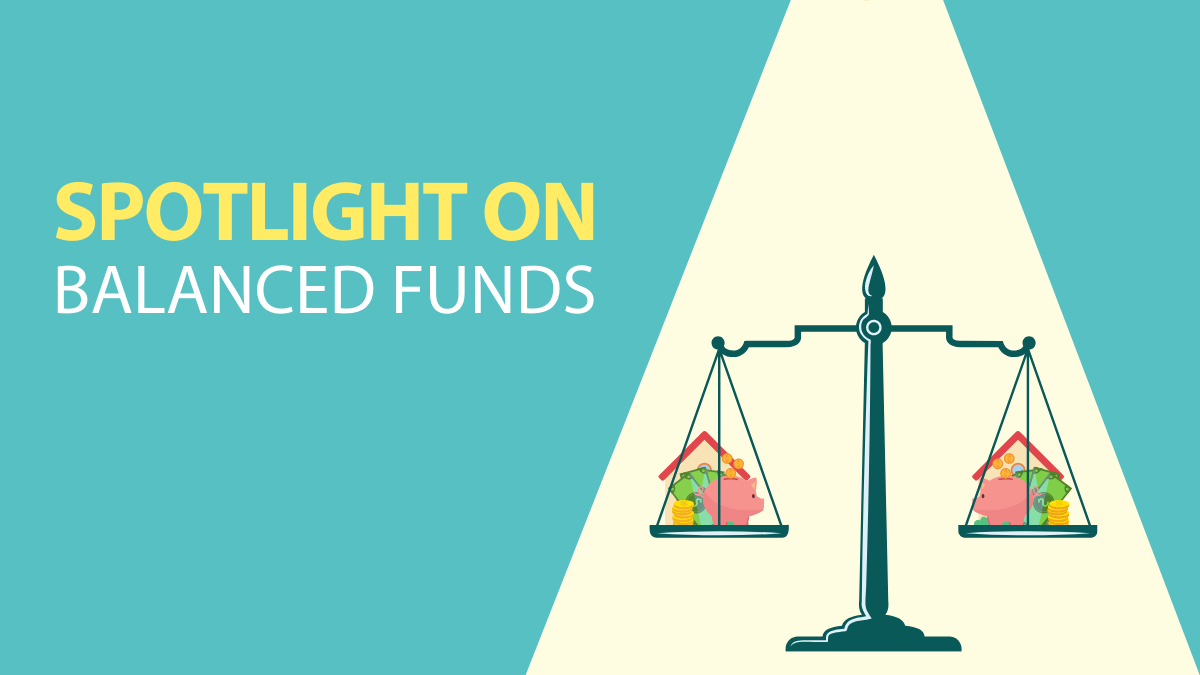
(ETF) Exchange-traded funds and Mutual funds that invest in stocks or other assets to generate long-term and short-term income are known as growth and income funds. They provide a portfolio balance so that it can make money for investment now and in the future.
Value and income stock funds are sometimes conflated, but they are different. Value funds often invest in stocks a shareholder believes trading at a discount to profits or other value indicators. Dividends may or may not be paid. Their primary objective is to provide a higher return than the norm. On the other side, income funds prioritize generating quick passive income.
Financial media sources frequently use the phrase “growth and income,” but the message often gets lost in the clamor. For example, consider the scenario when a radio host or personal financial expert suggests holding “growth and income” in your mutual fund portfolio. In that situation, they are not necessarily endorsing a specific fund. Instead, they are discussing a general purpose or fund type, which is, to put it mildly, relatively wide.
A variety of securities is what makes growth and income funds.
Remember that the fund holdings are not absolutely restricted to equities with an income potential under the growth and income goal. Fixed income instruments can also meet the development and income fund’s income objective. Bonds, for instance, might be one of these.
The term “growth and income” frequently appears in the formal name of mutual funds with the growth and income purpose. This is done to facilitate access and research.
How Do Mutual Funds Function?
An investor’s portfolio can be diversified with the help of mutual funds. Yet, how can mutual funds do this?
Mutual funds are made up of several investors who pool their capital. The funds are invested in stocks, bonds, and other assets. This diverse portfolio of assets reduces risk.
Many mutual funds are available in a variety of markets. The majority’s principal objective, though, is to maximize their return.
Are growth and income funds risky?
When it comes to investing, risk, growth, and income, represent two opposing methods. Fixed-income investments are typically viewed as among the safest investment alternatives, whereas growth is typically seen as one of the riskier investment possibilities. Combining these two investment types into a single fund is a midway ground between those two risk extremes.
What distinguishes growth funds from growth and income funds?
A growth investment seeks to maximize the growth of your initial investment. Income is defined as a regular flow of earnings over time, like a dividend. Growth and income funds concentrate on accomplishing both goals, whereas growth funds concentrate just on capital growth.
FINAL INSIGHT
Accessing these companies by simply investing in one of the top S&P 500 index funds may be an intelligent strategy for growth and income for many investors, whether they are novices or experienced. Exposure to both growth and value equities will result from this. In addition, the income component of the growth and income objective will be completed and added if you decide to invest in a bond fund. At the same time, it can aid in lowering the portfolio’s total market risk.




